childrEn and youth:
ages 5-17V2
Children and youth in this age group need to sweat, step, sit, and sleep the right amount each day for optimal health. Benefits of encouraging kids to sit less and move more include improved fitness and overall heath, maintaining a healthy body weight, growing stronger, feeling happier and learning new skills, In fact, everything gets better when you get active.
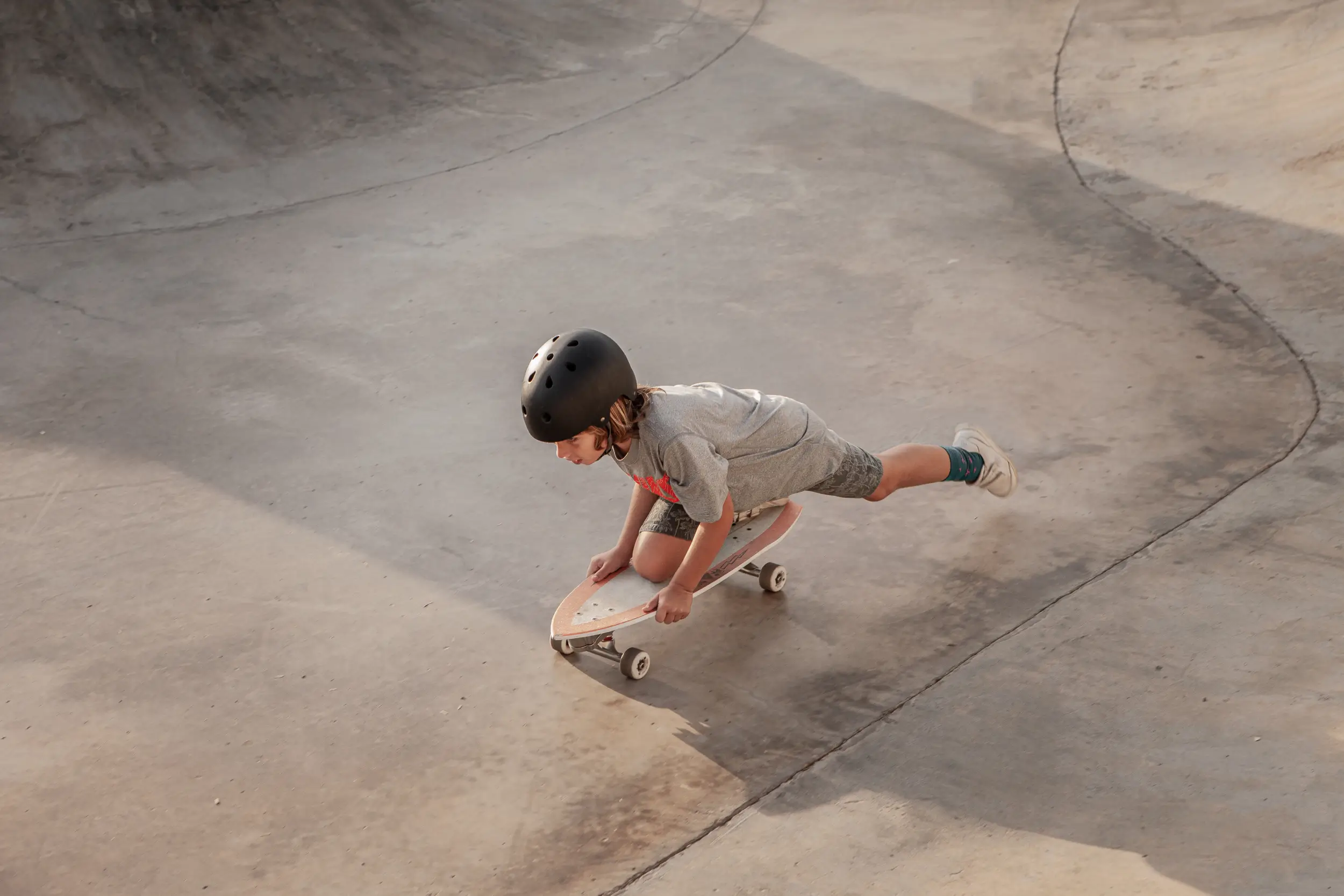
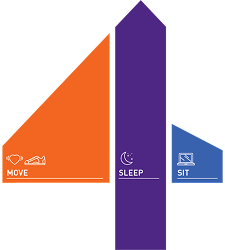
24-Hour movement guidelines
For optimal health benefits, children and youth (aged 5-17 years) should achieve high levels of physical activity, low levels of sedentary behaviour, and sufficient sleep each day. A healthy 24 hours includes:
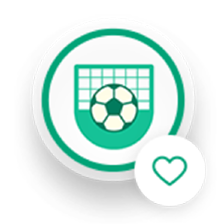
Sweat - Moderate to Vigorous Physical Activity
An accumulation of at least 60 minutes per day of moderate to vigorous physical activity involving a variety of aerobic activities. Vigorous physical activities and muscle and bone strengthening activities should each be incorporated at least 3 days per week;

Step - Light Physical Activity
Several hours of a variety of structured and unstructured light physical activities;
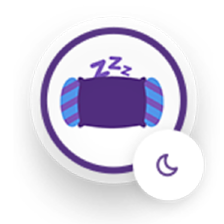
Sleep
Uninterrupted 9 to 11 hours of sleep per night for those aged 5–13 years and 8 to 10 hours per night for those aged 14–17 years, with consistent bed and
wake-up times;

Sit - Sedentary Behaviour
No more than 2 hours per day of recreational screen time; limited sitting for extended periods.
Preserving sufficient sleep, trading indoor time for outdoor time, and replacing sedentary behaviours and light physical activity with additional moderate to vigorous physical activity can provide greater health benefits.
Need resources to help teach kids how to make every day the best day?
Click below to download helpful tools like promotional posters, infographics and brochures. Grab them all or choose the ones you need.
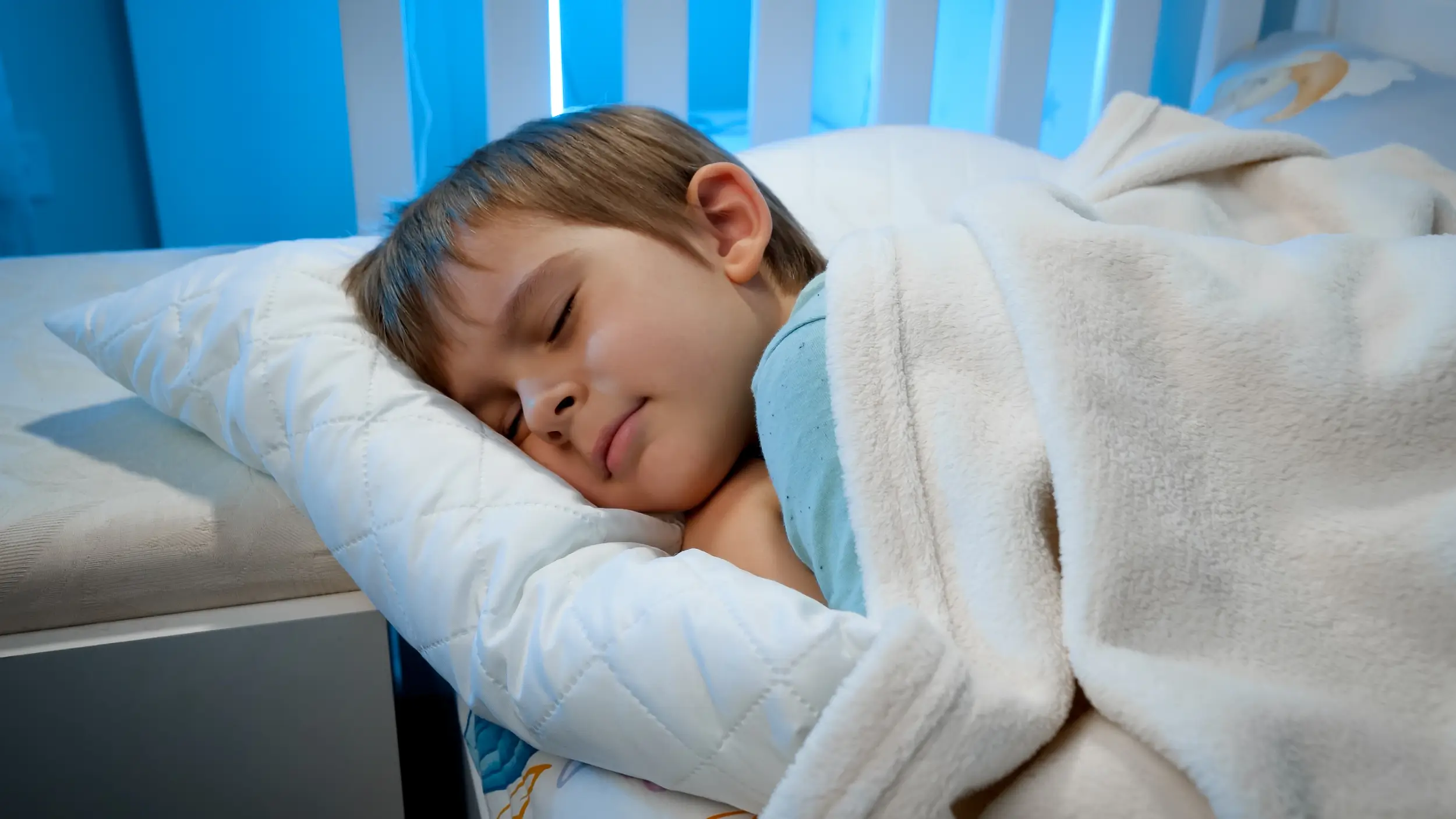
How does sleep fit in?
A healthy childhood requires a balance of physical activity, sedentary behaviour and sleep. The health benefits that come with heart-pumping physical activity are reduced if children have poor sleep habits or engage in excessive sedentary behaviour.
And well-rested children are not healthy if they are not getting enough activity. The whole day matters. Children and youth should practice “healthy sleep hygiene,” which are a set of habits and practices that help a child sleep well.
Tips for having a healthier sleep are:
- Go to bed and wake up at the same time every day, even on the weekends!
- Avoid caffeine, which can be found in coffee, soft drinks and chocolate
- Expose yourself to bright light in the morning as sunlight helps your biological clock reset itself each day
- Make sure your bedroom is dark, quiet, comfortable and cool
- Sleep on a comfortable mattress and pillow
- Exercise regularly during the day
- Develop a relaxing routine before bedtime—ideas include bathing, music and reading
- Don’t go to bed hungry, but don’t eat a heavy meal right before bed
- Don’t have pets in your bedroom
- Keep cell phones, computers, TVs and video games out of the bedroom
Let’s talk intensity
Moderate-intensity physical activities will cause children to sweat a little and to breathe harder. On a scale of 0 to 10 (with 10 being an absolute maximum effort and 0 being completely at rest), moderate activities are about a 5 or 6. While doing moderate-intensity activity children should still be able to talk, but not sing along to their favourite song.
Vigorous-intensity physical activities will cause children to sweat and be out of breath. On a scale of 0 to 10 (with 10 being an absolute maximum effort and 0 being completely at rest), vigorous activities are about a 7 or 8. While doing vigorous activity children shouldn’t be able to say more than a few words without pausing for a breath.
For children who are not active, adding any amount of physical activity can provide some health benefits. For these children, it is appropriate to start with smaller amounts of physical activity and gradually increase duration, frequency and intensity as a stepping stone to meeting the guidelines.
Moving muscles and building bones
Muscle-strengthening activities are those that increase skeletal muscle strength, power, endurance and mass, such as tug of war, modified
push-ups (with knees on the floor), resistance exercises using body weight or resistance bands, rope or tree climbing and swinging on playground equipment/bars.
Bone-strengthening activities produce an impact or tension force on the bones that promotes bone growth and strength. Hopping, skipping, jumping rope, running and sports such as gymnastics, basketball, volleyball and tennis are examples of bone-strengthening activities.
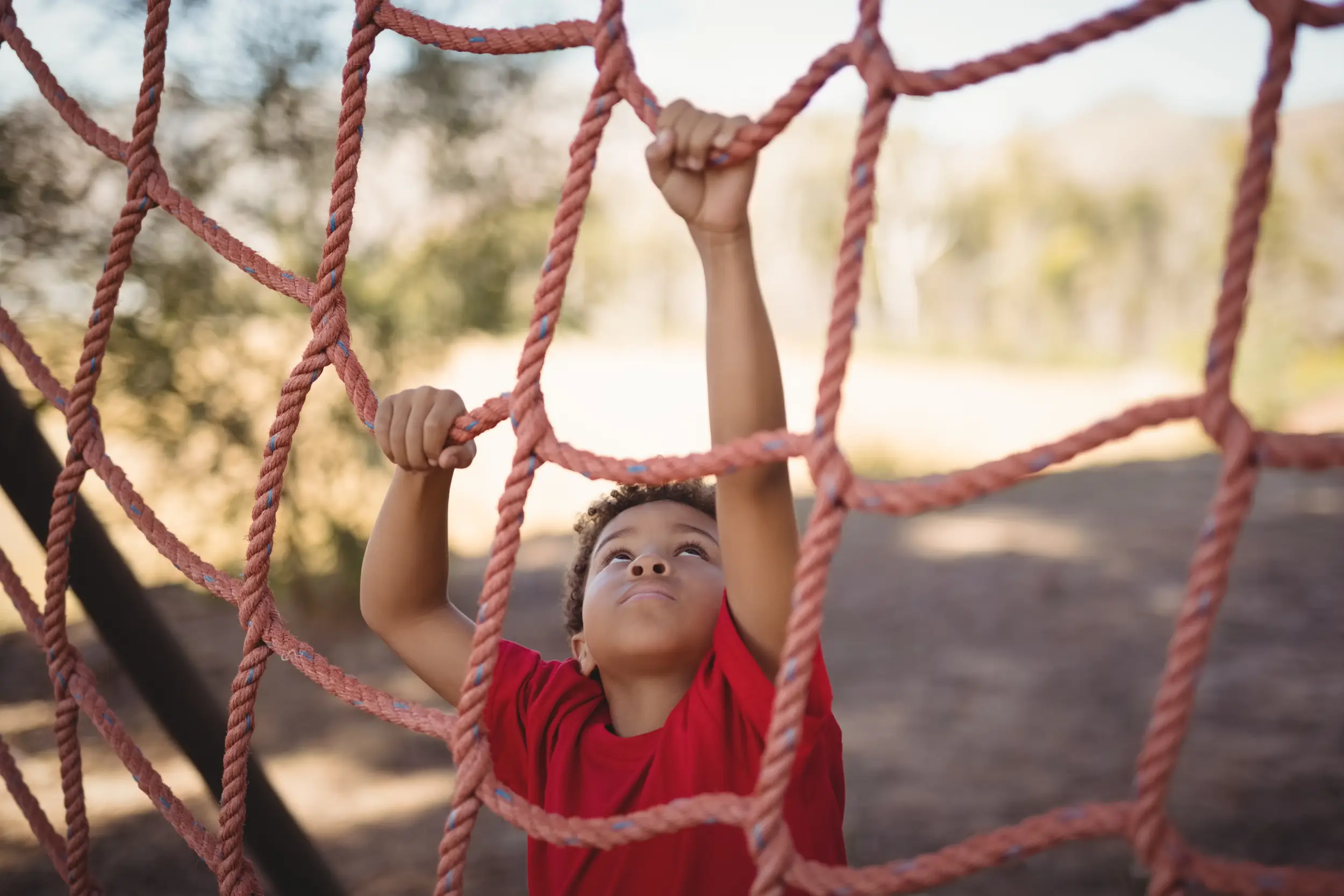
What counts as “sedentary behaviour”?
Sedentary behaviour includes screen time and other activities that require very little physical movement such as sitting for prolonged periods watching television, playing passive video games or playing on the computer; or using motorized transport (such as sitting on a bus or in a car). The guidelines refer to out-of-school time and do not include time spent doing schoolwork.
Parents can help their children reduce sedentary time by:
- Turning off the television completely
- Hiding the remote so viewers have to get up to change the channel
- Unplugging the video and computer games (or activating parental controls to limit daily use)
- Reducing the number of TVs in the home: take the TV out of the kitchen or bedroom
- Creating a television watching or computer use schedule to keep track of screen time

What are the proven benefits?
Being active for at least 60 minutes daily and limiting time spent being sedentary to less than 2 hours per day can help children:
- Improve their health
- Do better in school
- Improve self-esteem and confidence
- Maintain a healthy body weight
- Improve their fitness
- Grow stronger
- Have fun playing with friends
- Feel happier
- Learn new skills
- Sleep
Partners & Funders
The development of these guidelines would not be possible without a dedicated group of partners and funders.

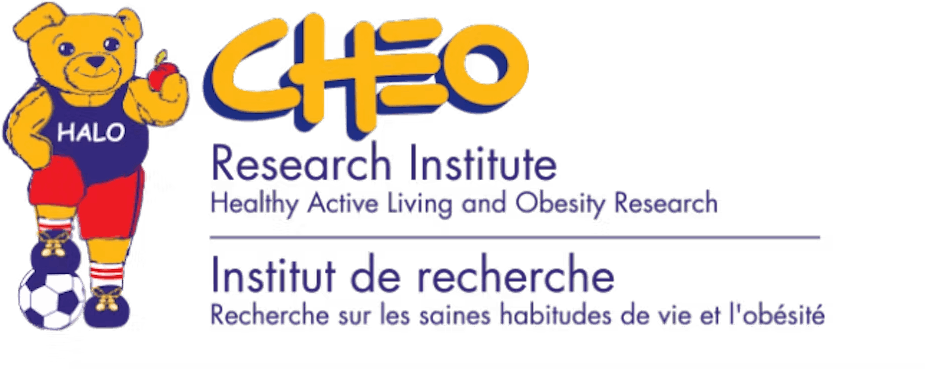



Need the guidelines for another age group?

0 - 4 Years
Guidelines encourage kids to sweat, step, sleep and sit the right amounts each day.
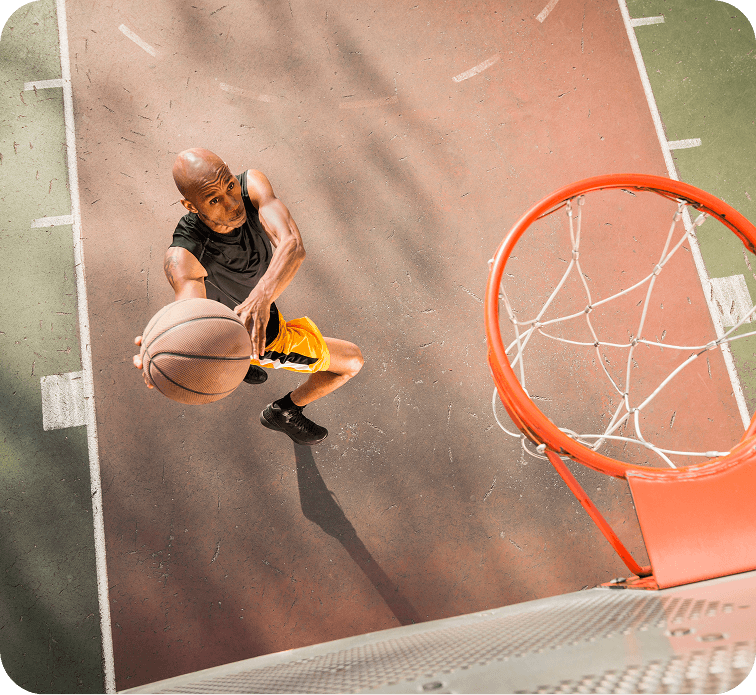
18 - 64 Years
Guidelines to help adults move more, reduce sedentary time, and sleep well.

65+ Years
Guidelines to help older adults move more, reduce sedentary time, and sleep well.
